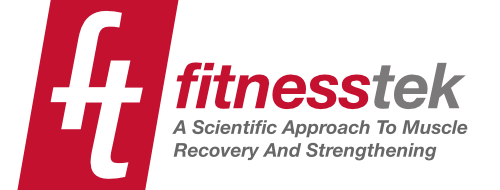A Surprisingly Popular Myth About Stretching, Flexibility and Staying Young
The myth of stretching....
According to a newly released 2015 article, even Harvard Health Publication is getting it wrong.
In the online article (“Stretching: 35 Exercises to Improve Flexibility and Reduce Pain), Harvard once again stresses the “importance” of stretching by saying…
“Stretching is an excellent thing you can do for your health. These simple, yet effective moves can help you limber up for sports, improve your balance and prevent falls, increase your flexibility, and even help relieve arthritis, back, and knee pain.”
Really?
They must think so because this quote ^ is followed by a list of 35 stretching exercises which Harvard Health recommends to their readers.
These exercises will be done by hundreds of thousands, even millions, of people who hope to alleviate pain, stay young, and move better.
But let’s look at some facts about muscle flexibility….
Surprise! - Muscles Are NOT “Stretchy” at All
We have been taught to think of our muscles as stretchy bands of tissue. And based on that assumption believe that by stretching, they can make their muscles more flexible. We have been taught to believe our muscles get more flexible the same way we would make a rubber band more flexible, by holding it in a stretched position for a long time. The truth is, your muscles are more like a pair of velcro straps lying on top of each other, then they are a stretchy band.
The flexibility of your joints, via your muscles, is determined by how these velcro straps are overlapped.
For example, imagine a pair of Velcro laced tennis shoes. You can make these shoes tighter, or loser, simply by changing how far overlapped the two strips of Velcro are. But imagine being limited in how far you could overlap those Velcro strips and tighten those shoes.
You’re not limited because the strips themselves are less stretchy. You’re limited because of how far you can cause them to overlap. If you try to pull and yank on them, you’re more likely to tear the Velcro than you are to make it more flexible. Give it a try!
Now, here’s how this relates to your body…
Weakness is the Cause, Not Inflexibility
Let’s look at your upper leg for a moment and let’s connect it to our Velcro analogy. Imagine the quadriceps muscles on the front of your leg as the top velcro strip, and the hamstrings on the back of your leg as the bottom strip.
When you try to reach down and touch your toes, you’ll feel a “tug” stopping you from
moving past a certain point. That tug isn’t coming from the ’‘inflexible” muscles on the back of your leg.
The tug is your nervous system forcing you to maintain stability by controlling how far your quadriceps and hamstrings can be overlapped. Why is this?
Because your nervous system knows how strong or weak the muscles in your leg and lower back are. If it senses weakness in one of these stabilizing areas, it will stop you from moving into an over-leveraged and unstable position.
What Can You Do About This?
The ONLY solution to this is to strengthen those weak muscles. Stretching will NOT make your muscles more limber, and in many cases, might make things worse. What shocks most of our clients is that stretching can actually create more weakness and stability!
The smart solution is to uncover the muscle weaknesses which are causing your nervous system to stop you from moving into these ranges. We can help, because this is the purpose of Muscle Activation Techniques.
CLICK HERE to discover how we can help, or to schedule your first appointment with a Fitness-Tek MAT Specialist.

